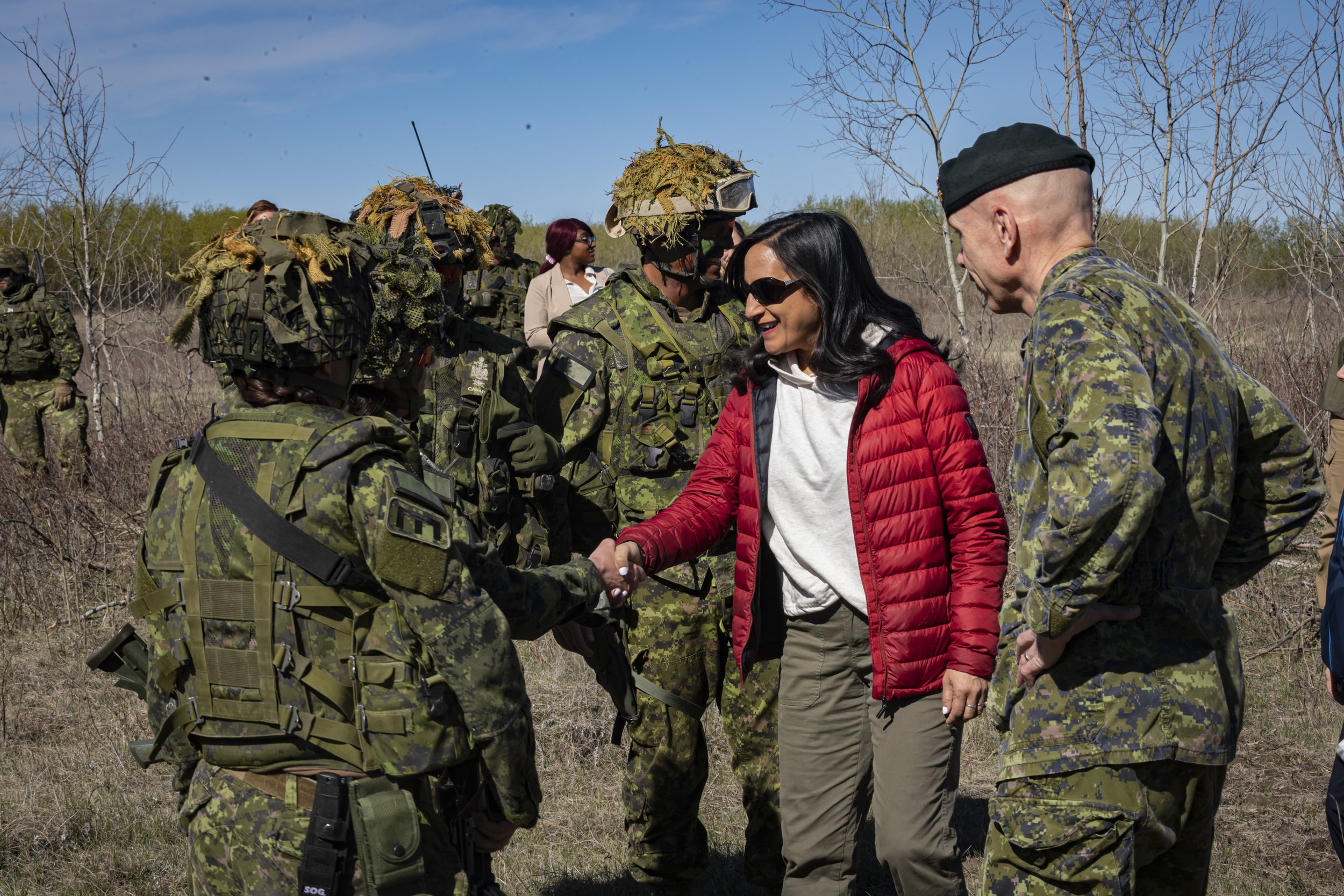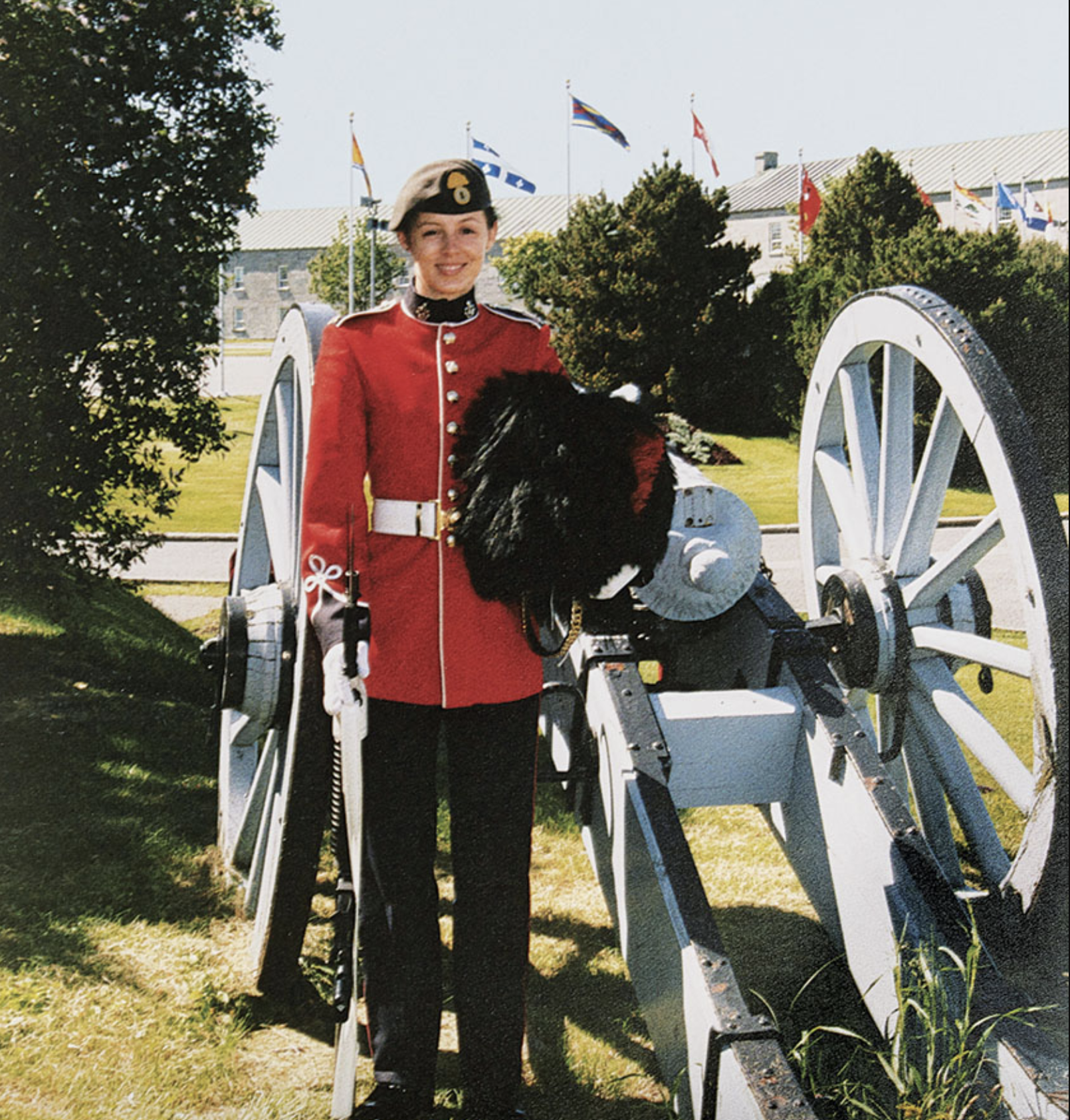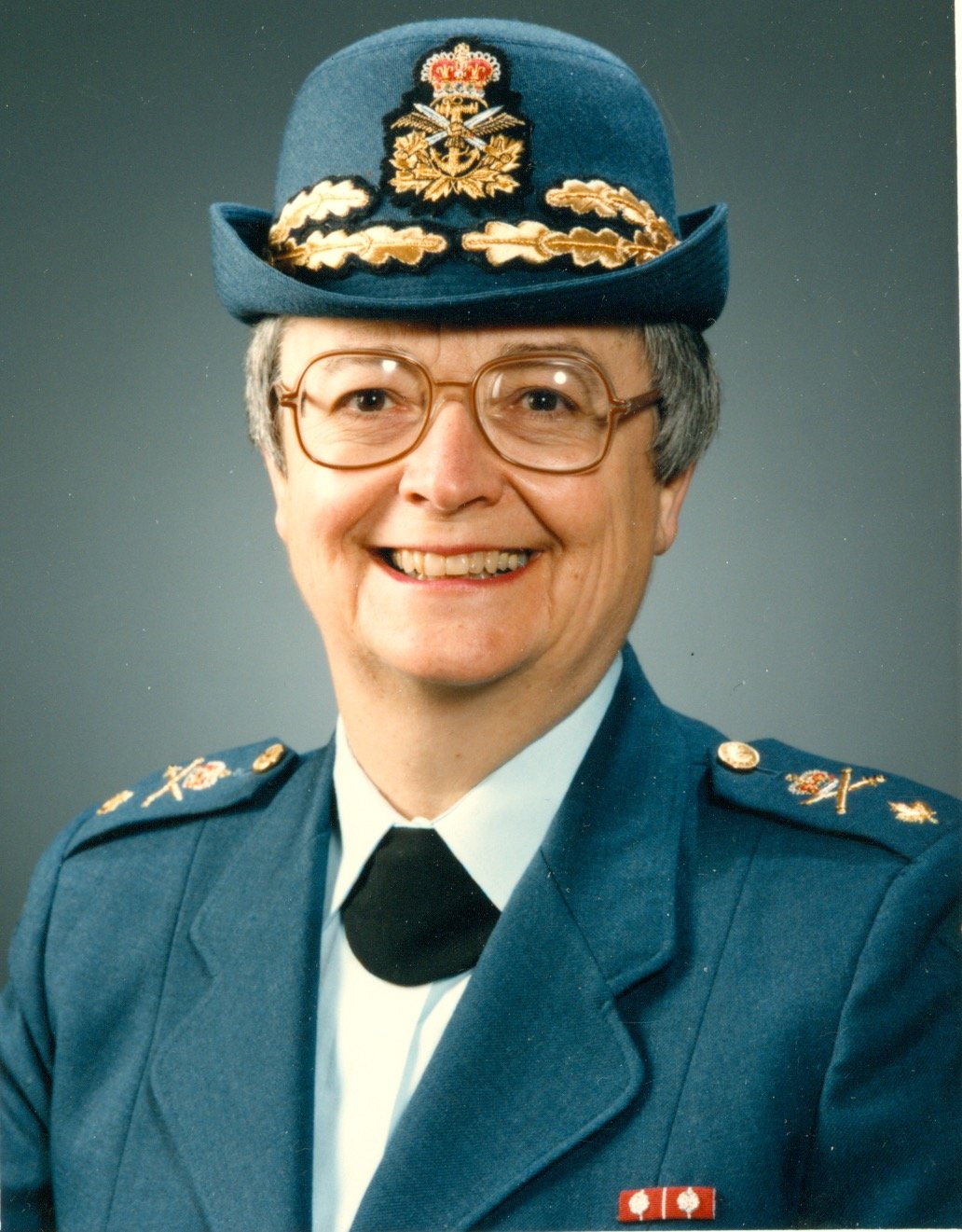By Military Woman
Question: What can you do, right now, in support of military and RCMP Veteran women?
Answer: Share any, and all, of your recommendations with Parliament.
NDP Veterans Affairs Critic, Ms. Rachel Blaney, a long-time member of the Standing Committee on Veterans Affairs (ACVA), was instrumental in getting approval for a 20+ session study on “The Experience of Women Veterans”. This important study started March 30, 2023, with the Veterans Ombud, Colonel (Retired) Nishika Jardine, as the first witness.
Let’s back up here for a moment and make sure everything is clear.
What is “ACVA”? In quick review of a previous Esprit de Corps “ACVA 101” column (Vol 27, Issue 3), all of our elected representatives to Parliament can sit on one, or more, of the twenty-four House of Commons standing committees. Veterans Affairs, or ACVA, being one such parliamentary committee.
What exactly is this study about? To quote the ACVA - “The committee will undertake a comprehensive study on women Veterans. The topics covered will address all possible aspects of life in the Canadian Armed Forces that may have consequences for life after military service, as well as all issues related to the particularities of the lives of women Veterans, including:
· Physical and mental health and the treatment of injuries and illnesses that are most likely to affect women differently during their military service;
· The particularities of transitioning after service for women:
o The physical aspects of women Veterans' health;
o The psychosocial and mental aspects of women Veterans' health;
o The professional and economic aspects of women Veterans' lives.
· Retirement and long-term care;
· Initiatives developed in allied countries.”
What will result from this study? The ACVA committee will write a report with its recommendations to government on how best to support women Veterans.
Why would I get involved? If you have things to say on women Veteran related issues – this is your chance to be heard.
Now is the time to ask government to make women Veteran issues visible. To ask for things like more funding for women Veteran specific research. To identify and rectify the lack of scientific knowledge and knowledge translation about what, if anything, the occupational and environmental health risks are from
· desert CADPAT insecticide (permethrin) exposure and ovarian wellbeing.
· repeated lifting of sandbags and/or prolonged military rucksack use and urinary stress incontinence and/or uterus prolapse.
· lack of woman-only inpatient trauma and addiction care programs.
· chronic stress or PTSD and adverse pregnancy events and outcomes.
· military specific flying, sea and field exposures and reproductive hazards.
· being single or without strong social supports especially when 65+.
· labelling post-traumatic reactions as “personality disorders”.
· burn pit exposure and breast cancer.
· lack of health care provider training in military/Veteran women’s health.
· women’s prosthetics requirements.
· and many other issues…
How can I get involved? You can offer your opinions, observations, and/or recommendations as testimony (in person or virtually, publicly or in camera ) and/or submit a written brief (publicly or anonymously) via
1) the ACVA clerk, ACVA@parl.gc.ca or
2) your own member of Parliament (MP) or
3) any member of the ACVA committee (in alphabetical order)
Rachel.Blaney@parl.gc.ca, North Island-Powell River, BC - NDP
Sean.Casey@parl.gc.ca, Charlottetown, PEI – Liberal
Luc.Desilets@parl.gc.ca, Riviere-des-Mille-Iles, PQ – Bloc Québécois
Terry.Dowdall@parl.gc.ca, Simcoe-Grey, ON – Conservative
Emmanuel.Dubourg@parl.gc.ca, Bourassa, Quebec - Liberal
Wilson.Miao@parl.gc.ca, Richmond Centre, BC - Liberal
Blake.Richards@parl.gc.ca, Banff-Airdrie, AB - Conservative
Churence.Rogers@parl.gc.ca, Bonavista-Burin-Trinity, NL - Liberal
Darrell.Samson@parl.gc.ca, Sackville-Preston-Chezzetcook, NS - Liberal
Fraser.Tolmie@parl.gc.ca, Moose Jaw-Lake Centre-Lanigan, SK - Conservative
Rechie.Valdez@parl.gc.ca, Mississauga-Streetsville, ON - Liberal
Cathay.Wagantall@parl.gc.ca, Yorkton-Melville, SK - Conservative .
If you are still in the military, you can also submit recommendations through your own chain of command, the Defence Women’s Advisory Organization (DWAO) or the Defence Champion of Women, Major-General Lise Bourgon.
In summary, no matter where and when you served consider adding your voice and lived experiences to this important conversation. Together we can make a difference and improve the quality of life for all Veterans, including women.




















